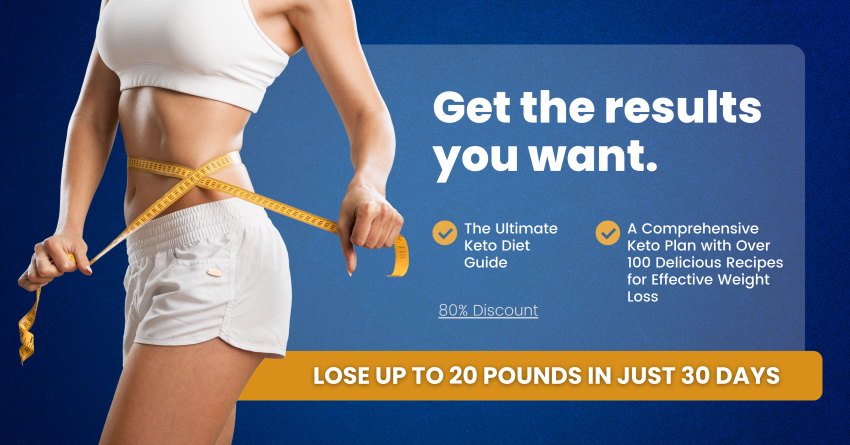The ketogenic diet, commonly known as the keto diet, has gained immense popularity in recent years for its potential to promote weight loss and improve overall health. This low-carb, high-fat dietary approach encourages your body to enter a state of ketosis, where it burns fat for fuel instead of carbohydrates. If you’re considering starting a keto journey, this guide will provide essential tips to help you navigate the process.
What is the Keto Diet?
The keto diet involves significantly reducing your carbohydrate intake and replacing it with fats. This macronutrient shift induces ketosis—a natural metabolic state in which your body efficiently burns fat for energy. The standard macronutrient breakdown for a keto diet typically consists of:
- Fats: 70-75%
- Proteins: 20-25%
- Carbohydrates: 5-10%
By limiting carbs, the body is encouraged to burn its fat stores, thereby supporting weight loss.
Benefits of the Keto Diet
-
Weight Loss: Many individuals turn to keto for its effectiveness in shedding pounds quickly by utilizing stored fat.
-
Increased Energy: Once your body adapts to burning fat, many people report improved energy levels throughout the day.
-
Reduced Cravings: Eating higher fats and proteins can lead to more sustained fullness, reducing the likelihood of snacking.
- Improved Mental Clarity: Some people experience enhanced focus and mental performance due to stable blood sugar levels.
Getting Started on the Keto Diet
1. Education is Key
Before diving in, familiarize yourself with the fundamentals of the keto diet. Understanding how ketosis works and the types of food you can eat is crucial.
2. Clear Out Your Pantry
Start your keto journey by eliminating high-carb foods from your kitchen. Say goodbye to sugary snacks, bread, pasta, and starchy vegetables. Stock your pantry with keto-friendly foods such as:
- Healthy oils (olive oil, coconut oil)
- Avocados
- Low-carb vegetables (broccoli, spinach, cauliflower)
- Nuts and seeds
- High-quality meats and fatty fish
3. Meal Planning
Planning your meals in advance can help you stay on track. Create a meal plan that includes breakfast, lunch, dinner, and snacks to ensure you stay within your carb limit. Consider recipes that showcase healthy fats and proteins.
4. Stay Hydrated and Electrolytes
Hydration is crucial on a keto diet. As your body shifts to burning fat, it may lose electrolytes. Consider increasing your sodium, potassium, and magnesium intake. Drink plenty of water to stay hydrated, as this can also help reduce the keto flu—a temporary set of flu-like symptoms some experience during the initial phase of the diet.
5. Monitor Your Macros
Tracking your macronutrient intake can help you stay in ketosis. There are several apps available to make monitoring easier. Aim for the standard keto ratios (70-75% fat, 20-25% protein, and 5-10% carbohydrates) to maximize your results.
6. Be Patient and Flexible
Everyone’s body reacts differently to dietary changes. It may take some time for your body to enter and maintain ketosis. Be patient and flexible—if your body doesn’t respond as expected, consider adjusting your macros or food choices.
Challenges to Anticipate
-
Keto Flu: Some newcomers to the diet experience fatigue, headaches, and irritability as their bodies adapt. These symptoms are usually temporary but can be mitigated by staying hydrated and ensuring adequate electrolyte intake.
- Social Situations: Dining out or attending social events can present challenges. Familiarize yourself with keto-friendly options and don’t hesitate to speak with restaurant staff about modifications.
Conclusion
Starting a keto diet can be an exciting journey toward improved health and weight loss. Educate yourself, plan your meals, and remain patient as your body adjusts. Remember, consistency is key. Consult with a healthcare professional before making significant dietary changes, especially if you have existing health conditions. With dedication and the right approach, you can successfully navigate your keto journey and reap its benefits. Happy dieting!








